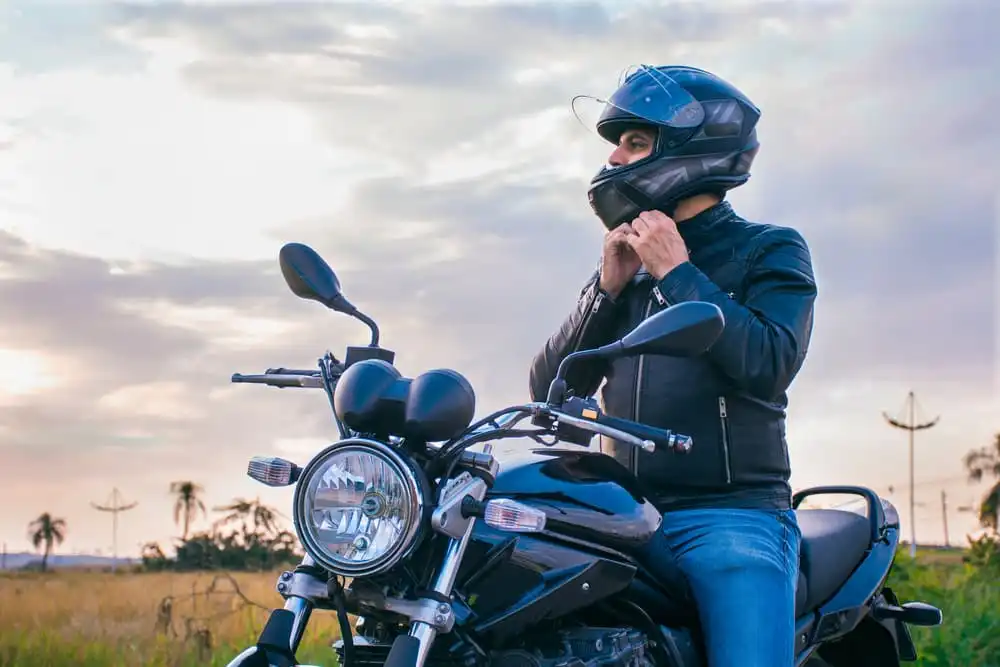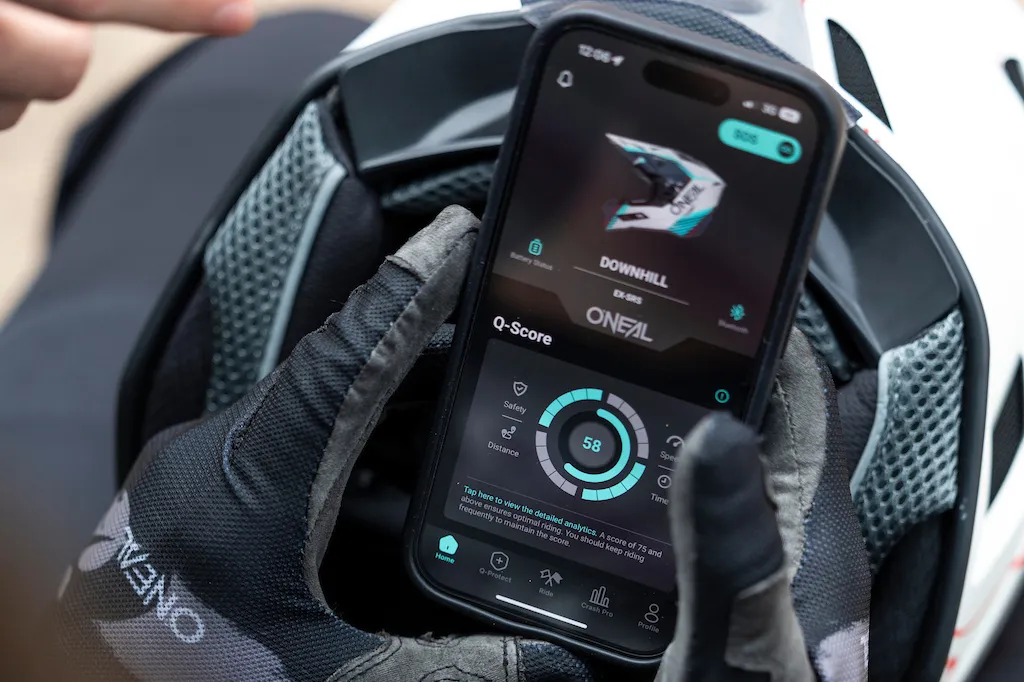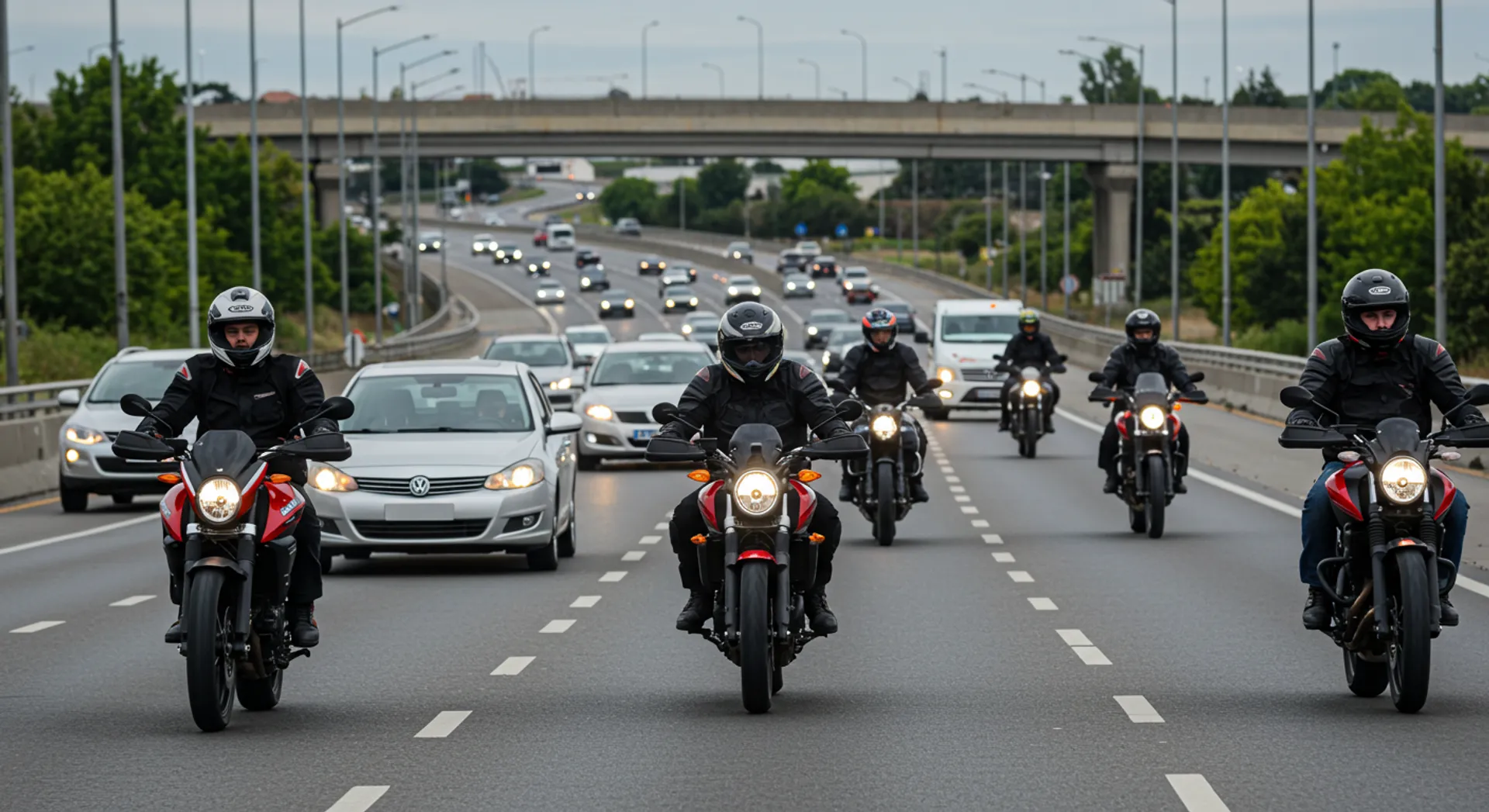Motorcycle riding offers a sense of freedom, adventure, and excitement, but it also comes with inherent risks. Among the most severe and life-threatening risks is head injury. According to the Centers for Disease Control and Prevention (CDC), head injuries are the leading cause of death and serious injury in motorcycle accidents. With the brain being such a vital organ, protecting it should be a top priority for every motorcyclist. In this post, we’ll explore the importance of brain protection, the types of head injuries that can occur in motorcycle crashes, and how you can reduce your risk of serious brain trauma.
1. Understanding Head Injuries in Motorcycle Accidents
In the event of a motorcycle accident, the rider is at greater risk of sustaining a head injury because motorcycles do not have the protective frame and airbags that cars do. Even a low-speed crash can result in significant brain damage if the head strikes the ground or another object.
Common types of head injuries in motorcycle accidents:
-
Concussions: A concussion is a mild brain injury that can affect cognitive functions like memory, concentration, and balance. Although it may not always show up immediately, its effects can last for weeks or even months.
-
Traumatic Brain Injury (TBI): A TBI occurs when the brain is jolted or penetrated, causing severe damage to brain cells. TBIs can result in permanent disabilities, including paralysis, cognitive impairments, and loss of motor function.
-
Skull fractures: When the skull is fractured during an accident, it can lead to brain damage or bleeding inside the brain. Skull fractures often require immediate medical attention and may require surgery.
-
Hemorrhaging: Bleeding in or around the brain can occur after a crash, leading to increased pressure inside the skull, which can cause severe damage if not treated quickly.
2. Why Helmets Are Essential for Brain Protection
The most effective way to protect your brain in the event of a motorcycle crash is by wearing a high-quality helmet. Helmets are specifically designed to absorb the impact of a crash, reducing the risk of serious head injuries. Despite the obvious benefits, some riders choose to forgo a helmet, but this decision can have devastating consequences.
The role of helmets in preventing head injuries:
-
Impact absorption: Helmets are designed with a foam inner lining that helps absorb the shock of an impact, which significantly reduces the chances of brain injury.
-
Skull protection: A helmet helps protect the skull from fractures and provides a barrier that keeps the head from direct contact with the road or other objects in a crash.
-
Prevention of rotational injuries: Modern helmets are designed to reduce the rotational forces that occur when the head turns violently in an accident, which can help prevent severe brain injuries like diffuse axonal injury (DAI).
-
Lifesaver statistics: According to the National Highway Traffic Safety Administration (NHTSA), helmets reduce the risk of death in a motorcycle accident by 37% and the risk of head injury by 69%.
3. Choosing the Right Helmet: Key Features to Look For
Not all helmets are created equal. While any helmet is better than no helmet, it’s crucial to select one that meets specific safety standards and offers maximum protection.
What to look for when choosing a helmet:
-
Certification: Make sure the helmet is DOT (Department of Transportation) certified, which ensures it meets the minimum safety standards for impact protection.
-
Full-face helmets: Full-face helmets offer the most protection because they cover the entire head, including the chin and jaw. They provide better impact protection than open-face or half helmets.
-
Fit: A helmet should fit snugly but comfortably. If the helmet is too loose or too tight, it may not provide optimal protection in a crash.
-
Material: Look for a helmet made with materials like polycarbonate or fiberglass, which offer excellent shock absorption and durability.
-
Visor protection: A helmet with a high-quality visor can protect your eyes from the wind, dust, and debris, as well as improve your visibility in low-light conditions.
4. The Importance of Wearing Protective Gear
While helmets are the most important protective gear for preventing head injuries, other forms of protective clothing can help reduce the severity of injuries in the event of a crash.
Other protective gear to consider:
-
Jackets and gloves: Motorcycle jackets made from leather or other durable materials can protect your body from abrasions and impact injuries. Padded gloves also help protect your hands and wrists.
-
Knee and elbow pads: Protecting your joints with armor in the form of knee and elbow pads can prevent fractures and abrasions.
-
Motorcycle boots: Boots provide ankle and foot protection, reducing the risk of broken bones and other foot injuries in a crash.
-
Body armor: For added protection, body armor, including back protectors, chest protectors, and padded vests, can offer additional defense against impact injuries.
5. Riding Safely: The Role of Speed, Conditions, and Experience
While helmets and gear are vital for protecting your brain, safe riding practices are just as important. Speed, weather conditions, and the rider’s experience can all influence the risk of a motorcycle crash.
Tips for riding safely:
-
Observe speed limits: Speeding increases your chances of losing control and sustaining a head injury. Ride at safe, controlled speeds and adjust your speed according to the road conditions.
-
Mind weather conditions: Rain, snow, fog, or icy roads can make riding more dangerous. Always slow down in poor weather conditions, and consider postponing a ride if the weather is particularly hazardous.
-
Improve riding skills: If you’re a new rider, consider taking a motorcycle safety course to improve your skills. Advanced riding techniques, such as defensive riding and hazard avoidance, can help reduce your risk of accidents.
-
Be visible: Wearing bright colors and reflective gear can make you more visible to other drivers, reducing the risk of collisions, particularly in low-light conditions or heavy traffic.
6. Know the Signs of a Concussion or Head Injury
Even with the best protective gear, it’s possible to sustain a head injury in a motorcycle crash. Recognizing the symptoms of a concussion or head injury is crucial for getting immediate medical attention and preventing further complications.
Symptoms to watch for:
-
Loss of consciousness: A brief loss of consciousness after a crash is a strong indicator of a concussion or more severe brain injury.
-
Headaches and dizziness: Persistent headaches, nausea, or dizziness are signs that a head injury may have occurred.
-
Memory loss and confusion: Difficulty remembering the events surrounding the crash or feeling confused can indicate a concussion.
-
Balance problems: Difficulty standing or walking can be a sign of a brain injury.
-
Slurred speech or nausea: These symptoms can indicate serious brain trauma and require immediate medical evaluation.
7. What to Do If You Suspect a Head Injury
If you or someone else sustains a head injury in a motorcycle accident, it’s crucial to seek medical attention immediately. Even if symptoms seem mild, it’s better to err on the side of caution.
Steps to take after a head injury:
-
Seek medical help: Visit the emergency room or a doctor as soon as possible after a crash to rule out serious head trauma.
-
Avoid movement: If you suspect a serious head injury, avoid moving the injured person unless they are in immediate danger. Movement can exacerbate certain types of head injuries.
-
Monitor for changes: Even if the injury seems minor, keep an eye on any changes in behavior, consciousness, or physical condition. Any worsening symptoms should be treated as a medical emergency.
Conclusion
Head injuries are one of the most dangerous risks motorcyclists face, but they are also one of the most preventable. By wearing a high-quality helmet, following safe riding practices, and using protective gear, you can significantly reduce your risk of sustaining a brain injury in a motorcycle crash. Remember, your brain is your most valuable asset, and protecting it should always be your top priority when hitting the road. Stay safe, ride responsibly, and always prioritize your health and well-being.




